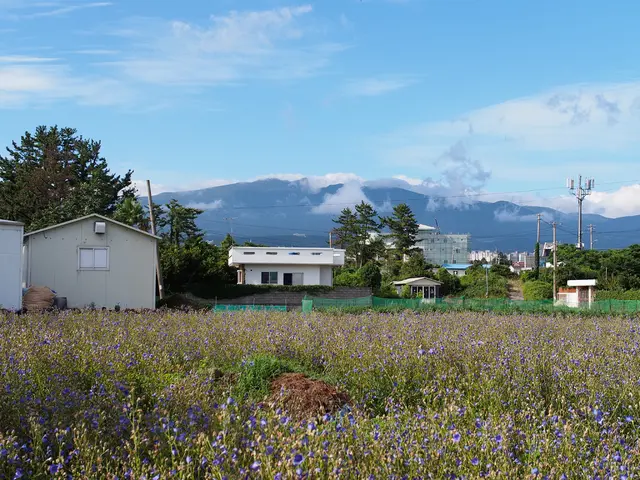Financial peril can be associated with natural risks
The Debt Suspension Clause Alliance and the Global Hub for Debt Swaps for Development are two new initiatives aimed at helping countries, particularly developing ones, manage their sovereign debt more sustainably. These initiatives enable the redirection of financial resources towards environmental and development priorities such as climate action and biodiversity protection.
Long-term asset owners, like pension funds and sovereign wealth managers, are increasingly engaging with these mechanisms to address nature and climate risks embedded in sovereign debt. These investors support debt restructuring arrangements, such as debt-for-nature or debt-for-climate swaps, that allow debtor countries to suspend or reduce debt payments temporarily and reallocate those funds towards environmental protection and sustainable development projects.
The Debt Suspension Clause Alliance promotes the inclusion of clauses in sovereign debt contracts that allow for temporary suspension or reprofiling of debt repayments during crises, reducing the risk of sovereign default and enabling governments to prioritize spending on essential sectors like climate resilience. On the other hand, the Global Hub for Debt Swaps for Development facilitates and coordinates debt swap operations where debt repayments are converted into investments in environmental conservation, climate adaptation, or sustainable development projects, supporting countries in achieving their commitments under international environmental agreements.
Pension funds and sovereign wealth funds, as long-term institutional investors with significant holdings in sovereign bonds, are incorporating environmental, social, and governance (ESG) factors, including nature and climate risks, into their investment frameworks. By backing debt restructuring mechanisms that embed environmental safeguards and sustainability targets, these investors help mitigate long-term financial risks associated with climate change, such as sovereign defaults triggered by climate shocks or biodiversity loss-driven economic disruptions.
These initiatives align with broader international efforts to foster climate-aligned investment and improve the sustainability of sovereign debt management, thus enabling countries to invest in renewable energy, conservation, and green infrastructure while ensuring the financial system remains stable.
In 2022, floods in Pakistan devastated agriculture, employing 40% of the workforce, driving up food prices and pushing the country to the brink of default. This underscores the need for proactive measures to address climate and nature risks in sovereign debt management.
Finland's State Pension Fund recently began exploring ways to quantify nature-related financial risks in relation to long-term pension liabilities. Meanwhile, the Taskforce on Nature-related Financial Disclosures (TNFD) has developed a set of disclosure recommendations and guidance to help businesses and financial institutions integrate nature into their decision-making.
New tools like Exploring Natural Capital Opportunities, Risks and Exposure (ENCORE) are emerging to help financial institutions identify nature-related risks. Asset owners, central banks, and institutions like the IMF have a responsibility to integrate this recognition into all their activities.
Nature risk is now recognized as financial risk, with investors confronting the financial consequences of ecological instability. Institutions that lead will be those willing to move beyond silos, align capital with planetary boundaries, and invest not only in markets, but also in the systems that support them.
References:
[1] Debt Suspension Clause Alliance. (n.d.). Retrieved from https://debtsuspensionclause.org/
[2] Global Hub for Debt Swaps for Development. (n.d.). Retrieved from https://www.debt4nature.org/
Read also:
- Weekly developments in the German federal parliament, the Bundestag
- Solar Shutdown: Merz Proposes Billions of Gas Discharge - Reverse Plan
- New guidelines for NEPA processes unveiled by federal agencies, in alignment with Executive Order 14154 and the Seven County Decision of the Supreme Court
- Anticipated Rise in Electricity Bills Coming in July for Latvian Residents








